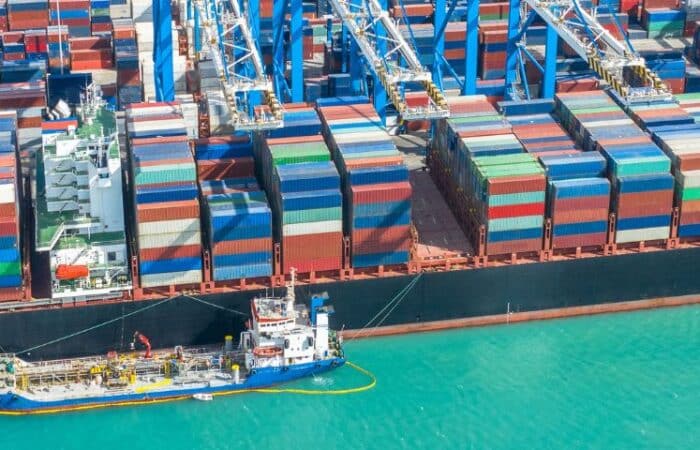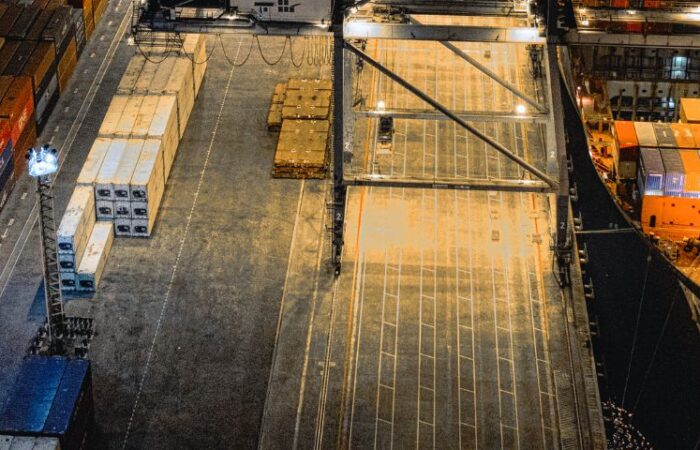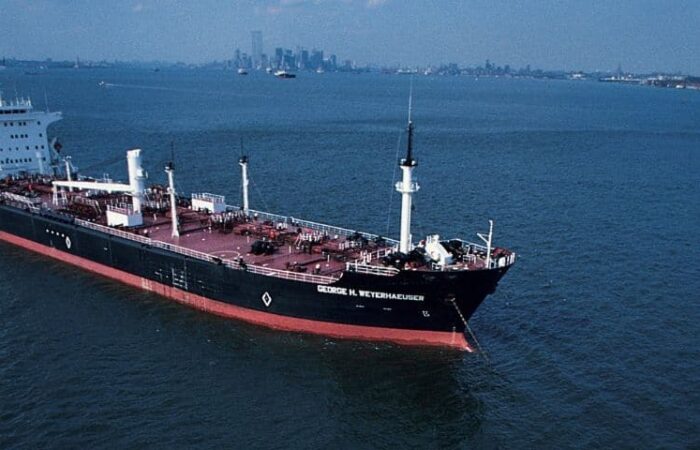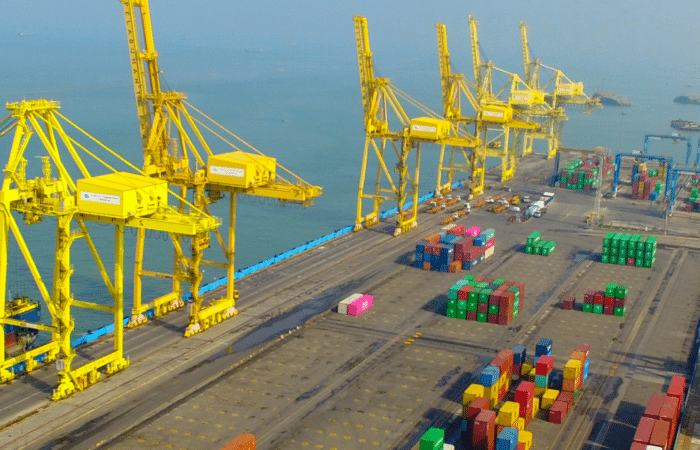Maritime Domain Awareness
“In May 2022, U.S. President Joe Biden announced the Indo-Pacific Partnership for Maritime Domain Awareness (IPMDA), an initiative with regional partners and allies to promote a free and open Pacific. The IPMDA intends to connect regional partners and allies with American technologies to provide greater maritime situational awareness in real-time,” as reported by The Diplomat.
“Maritime domain awareness” (MDA) is a common term in the maritime ecosystem, but what does it mean, exactly? Let’s take a look at what maritime domain awareness is and why it’s so important…
What is maritime domain awareness?
“Maritime domain awareness is the effective understanding of anything associated with the maritime domain that could impact security, safety, the economy or the marine environment,” according to the International Maritime Organization (IMO).
This leads to an obvious follow-up question: what is the maritime domain? “Maritime domain means all areas and things of, on, under, relating to, adjacent to, or bordering on a sea, ocean, or other navigable waterway, including all maritime-related activities, infrastructure, people, cargo, and vessels and other conveyances,” said Law Insider,
Maritime domain awareness supports decision-making that’s related to maritime activities, providing situational awareness for maritime operations to ensure they are safe and secure. This helps reduce “sea blindness” and mitigate the various risks at sea, such as IUU fishing, and illegal activities like drug and weapon smuggling, human trafficking, terrorism, etc. These risks threaten marine ecosystems, resources, commercial trade routes, and national borders.
The challenges & importance of maritime domain awareness
It is necessary to detect threats in real-time, especially as deceptive shipping practices (DSPs) evolve and become more sophisticated. With bad actors often hiding in plain sight, it is crucial that maritime domain awareness technology is implemented. But complete, holistic MDA is challenging for government entities, shippers, and practically all entities throughout the maritime ecosystem:
“Combined territorial waters and exclusive economic zones are huge spaces to monitor and, for many states, this ‘maritime domain’ is much larger than their total land area. What’s more, this maritime domain is an incredibly active space. Tens of thousands of shipping vessels, millions of fishing boats, and other vessels, registered and otherwise, traverse the seas on a daily basis for an incredibly diverse set of licit and illicit purposes. It can be an overwhelming scope of activity for many states around the world to monitor,” as noted on the Center for International Maritime Security (CIMSEC) website.
Maritime domain awareness technology can assist in making this process easier, by monitoring and prioritizing threats and making immediate and emerging national-level risks easier to detect and manage. Maritime domain awareness technology also helps protect national borders by identifying hidden risks and profiling vessels entering territorial waters. Comprehensive risk profiles and contextual information on flagged activities are essential to better understand the maritime domain and monitor potential threats.
Vessel vetting
Vetting vessels in the maritime domain and knowing which ships are safe is foundational. Using artificial intelligence (AI) makes vessel vetting easier, smoother, and more accurate. With Windward’s Vetting solution, organizations can detect safe vessels and streamline vetting processes by obtaining a holistic risk view on any vessel in the global fleet. By combining vessel behavior, vessel activity, and weather data into one AI-based risk score, organizations can easily and quickly learn whether a vessel is low-risk or high-risk. This analysis is based on real-time data, going beyond the traditional safety analysis. Agencies and businesses can maximize visibility with clear explanations and context for every movement and voyage, and easily investigate vessel history and behavior.
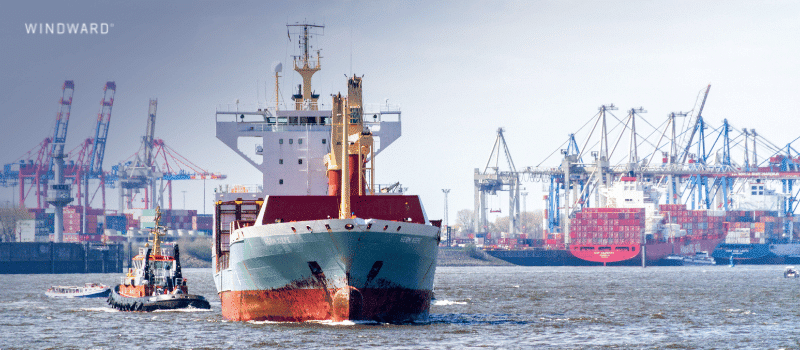
Due diligence
Organizations throughout the maritime ecosystem should take a holistic approach to identifying counterparty risk, ensuring comprehensive maritime compliance, via counterparty due diligence. This includes going beyond the immediate maritime risk factors and obtaining all needed tools, data, and audit trails to screen maritime and non-maritime companies and individuals against sanctions, politically exposed persons (PEPs), government watchlists, and adverse media coverage. Learn more.
Using technology to enhance your maritime domain awareness system
Maritime domain awareness is about accounting for the full picture, and this is only possible when using the right tools. Technology like an AI model can streamline this process by continuously training on a database of hundreds of historical records of vessels engaged in criminal activities. This means that unique behavioral events, like drifting speed, ship-to-ship (STS) meetings, first-time visits, and location tampering are all evaluated in the context of their security risk. Most importantly, AI technology makes it intuitive to identify the risk level of each vessel, so organizations don’t have to waste time sorting through the noise.
The power of Maritime AI™
Without involving maritime domain experts and the context and knowledge they provide in the creation of AI models, the overall technology would not be able to provide the level of accuracy and consistency that is so challenging to reach. AI models must be trained and supervised by maritime industry experts who intimately understand the intricate nature of the ecosystem. Windward’s maritime domain awareness uses AI-powered insights based on over a decade of proprietary data to enhance visibility and detect threats in real-time.















